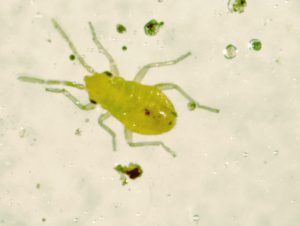Peach:
Tufted Apple Budmoth (TABM): The first tufted apple budmoth adults were caught on 5/1 in southern counties. The first insecticides that target this pest will be due in a few weeks in southern counties. This has been only a minor pest during the last 6-8 years. [Read more…]

